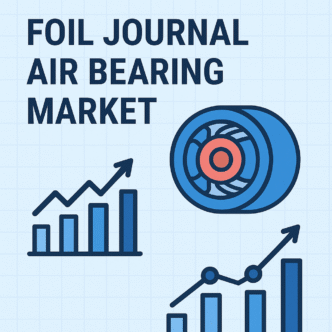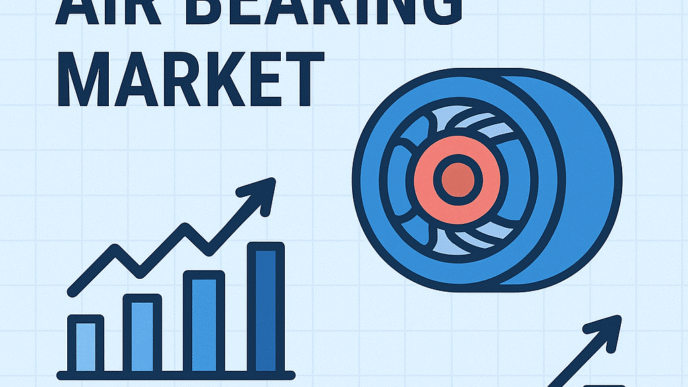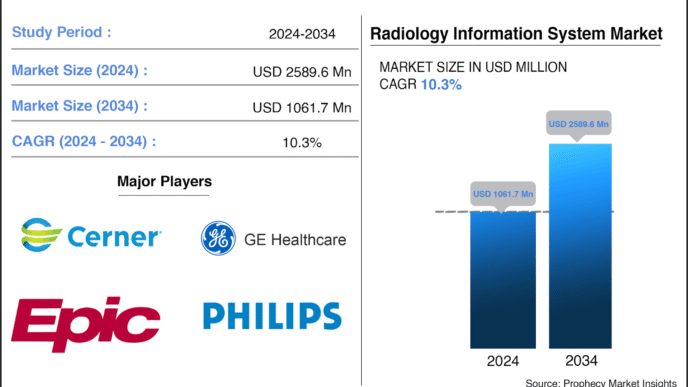Introduction:
In the age of digital innovation, the agricultural sector is undergoing a transformative revolution powered by technological advancements. Agricultural technology, or AgTech, is reshaping the way farmers cultivate crops, manage livestock, and optimize overall farm operations. This article explores the latest trends in AgTech, highlighting how these innovations are contributing to increased efficiency, sustainability, and productivity in the realm of agriculture.
- Precision Farming and IoT Integration: Precision farming, facilitated by the integration of the Internet of Things (IoT), is a game-changer in modern agriculture. IoT sensors collect real-time data on soil conditions, weather patterns, and crop health. Farmers can use this data to make informed decisions, optimizing resource use and maximizing yields. Drones equipped with sensors also play a role in monitoring large fields efficiently.
- Artificial Intelligence (AI) and Machine Learning: AI and machine learning algorithms are revolutionizing decision-making in agriculture. These technologies analyze vast datasets to provide insights into crop management, disease detection, and yield predictions. AI-driven solutions enable farmers to respond proactively to challenges, leading to better resource allocation and risk mitigation.
- Robotics for Agricultural Tasks: The use of robotics in agriculture is expanding rapidly. Autonomous tractors, robotic harvesters, and robotic weeders are streamlining labor-intensive tasks. These robots operate with precision, reducing the need for manual labor and addressing challenges related to labor shortages in the agriculture sector.
- Vertical Farming and Controlled Environment Agriculture (CEA): As urbanization continues, the demand for locally sourced, fresh produce is on the rise. Vertical farming and CEA involve growing crops in vertically stacked layers or controlled indoor environments. These methods optimize space, reduce water usage, and allow for year-round crop production, mitigating the impact of seasonal variations.
- Blockchain for Supply Chain Transparency: Blockchain technology is enhancing transparency and traceability in the agricultural supply chain. From seed to shelf, every stage of the agricultural process can be recorded on a blockchain. This ensures the authenticity of products, reduces food fraud, and provides consumers with detailed information about the origin of their food.
- Biotechnology and Genetic Engineering: Advancements in biotechnology and genetic engineering are leading to the development of crops with enhanced resistance to pests and diseases, improved nutritional profiles, and increased yield potential. These innovations contribute to sustainable agriculture by reducing the need for chemical inputs and increasing the resilience of crops.
- Agrochemical Innovation: The development of eco-friendly and precision agrochemicals is gaining traction. Companies are investing in creating sustainable alternatives to traditional pesticides and fertilizers. These innovations aim to minimize the environmental impact of agricultural practices while maintaining crop health and productivity.
- Climate-Smart Agriculture: Climate change poses significant challenges to agriculture. Climate-smart agricultural practices focus on adapting to and mitigating the impacts of climate change. This includes implementing resilient crop varieties, water management strategies, and sustainable farming techniques that are better suited to changing climatic conditions.
Conclusion:
The landscape of AgTech is evolving at a rapid pace, ushering in a new era of smart, efficient, and sustainable agriculture. The trends mentioned above represent just a glimpse of the transformative potential of technology in the agricultural sector. As farmers and innovators continue to collaborate, AgTech will play an instrumental role in addressing the global challenges of food security, resource scarcity, and environmental sustainability. Embracing these trends not only enhances the productivity of individual farms but also contributes to building a more resilient and sustainable future for agriculture worldwide.













